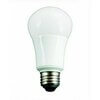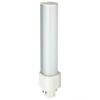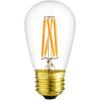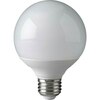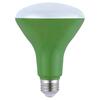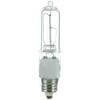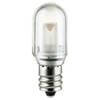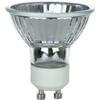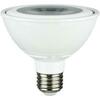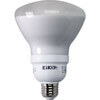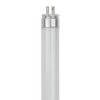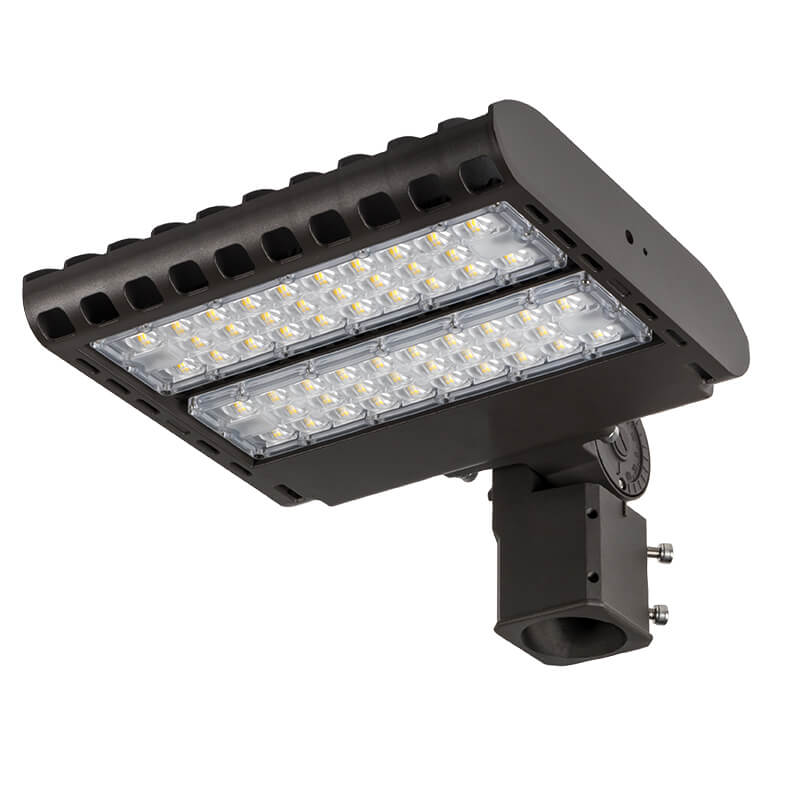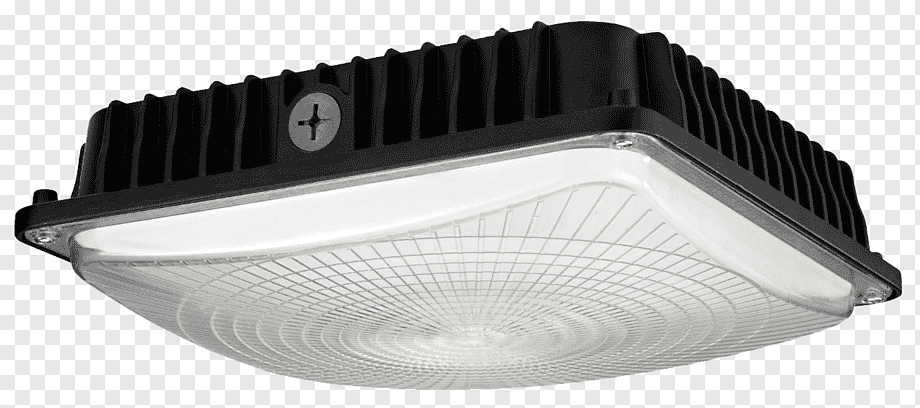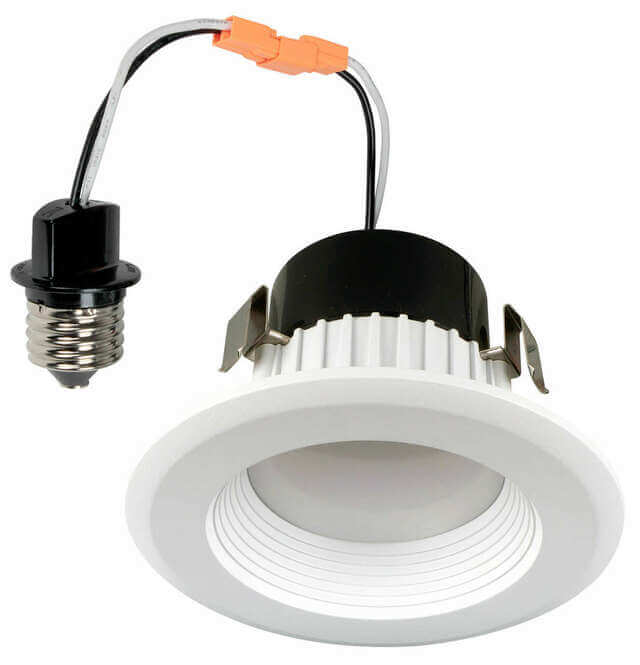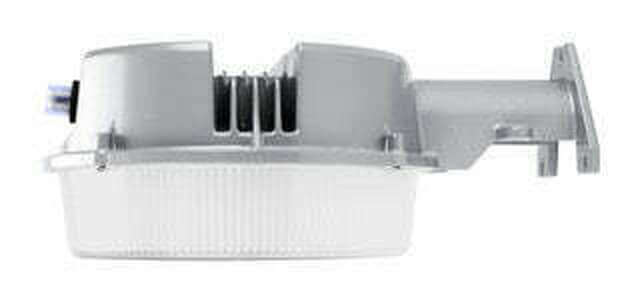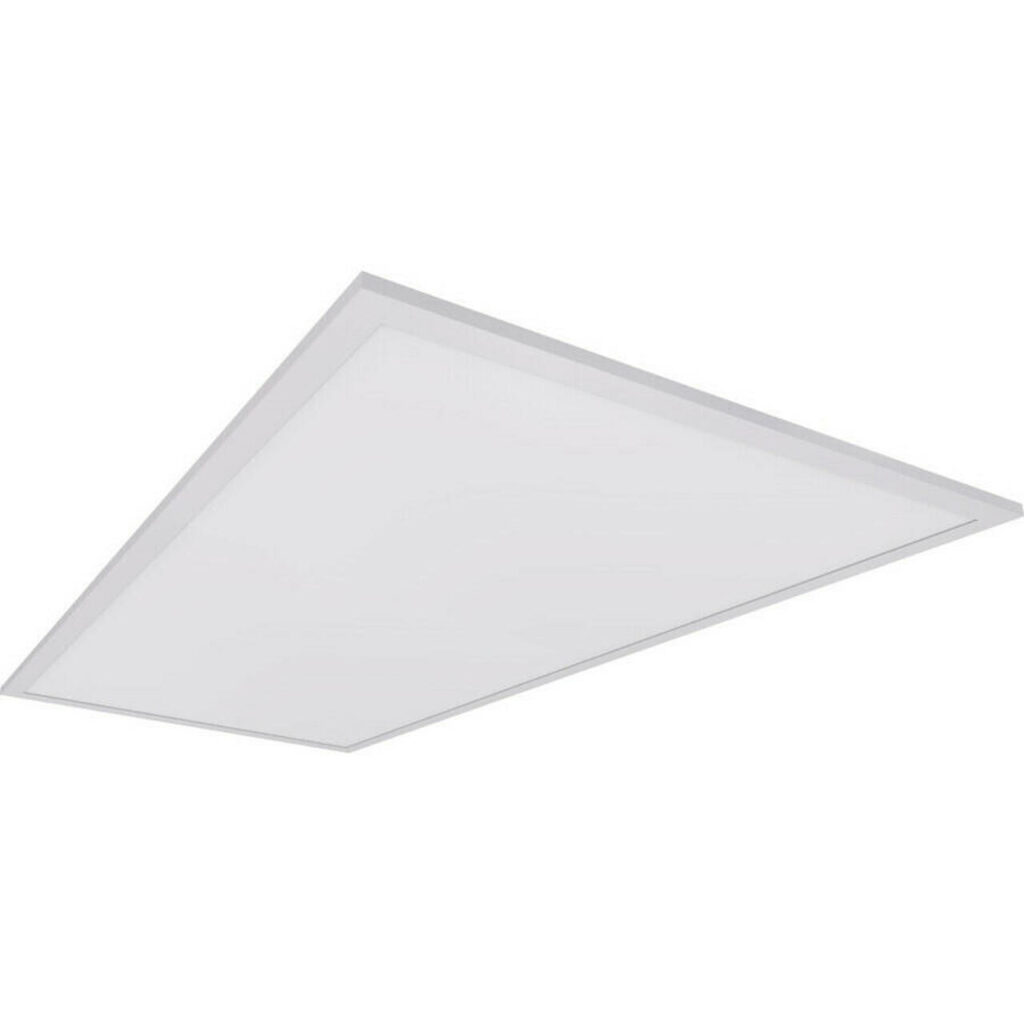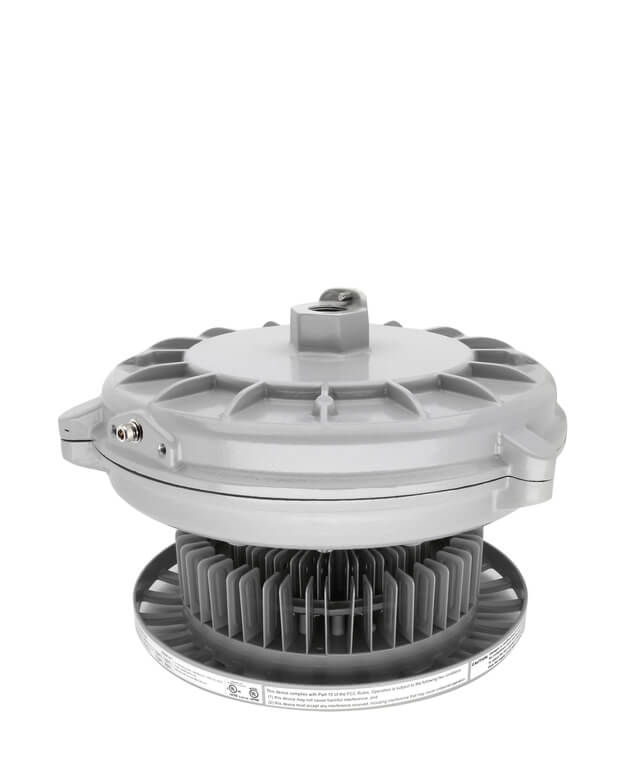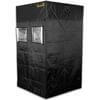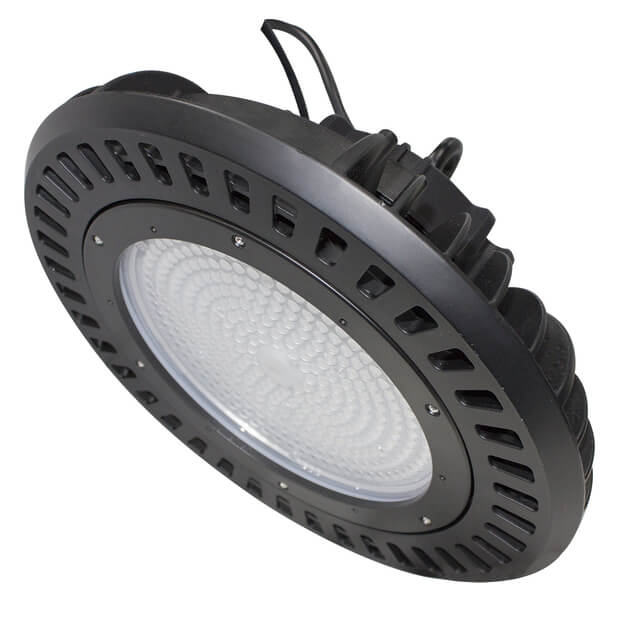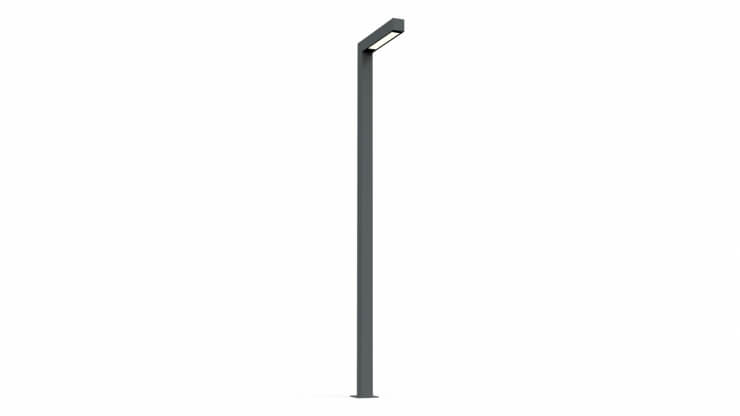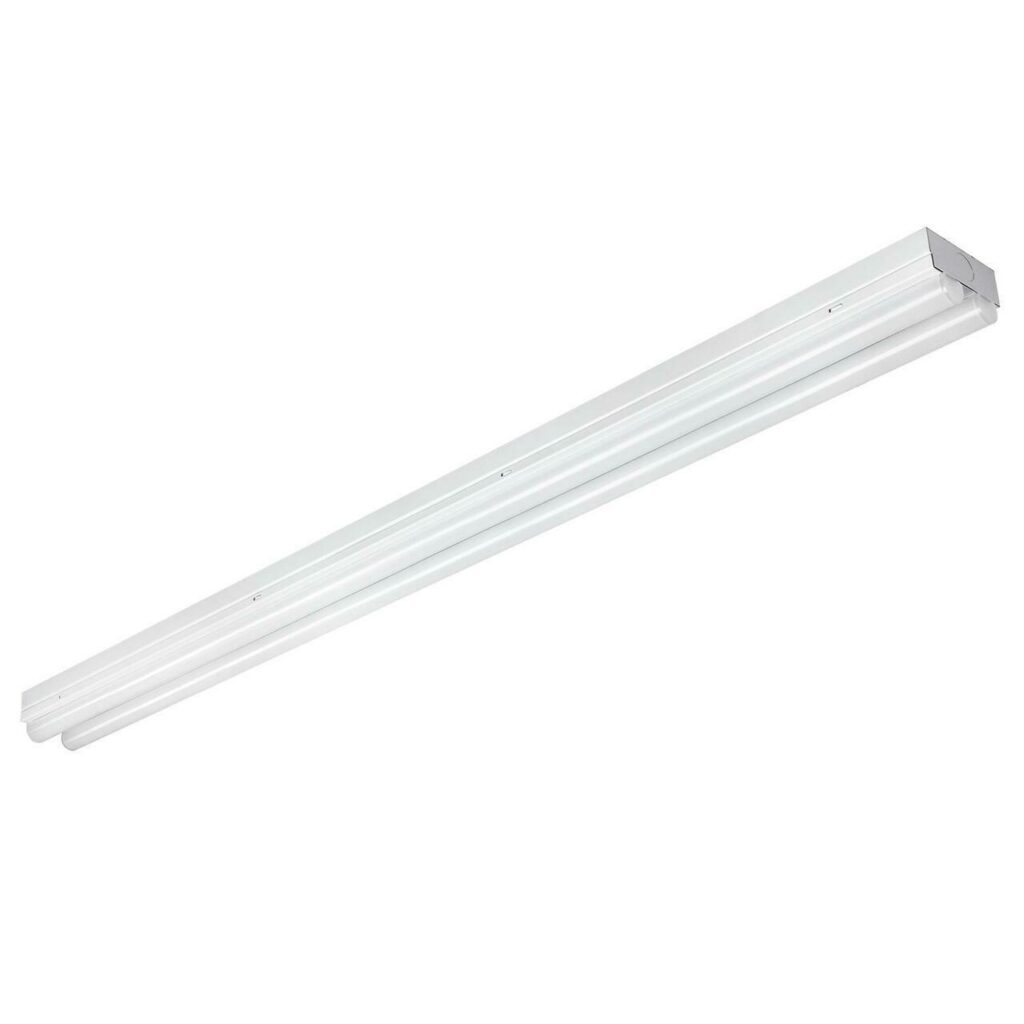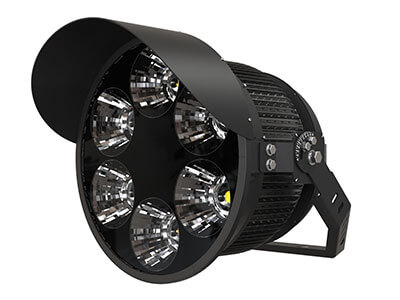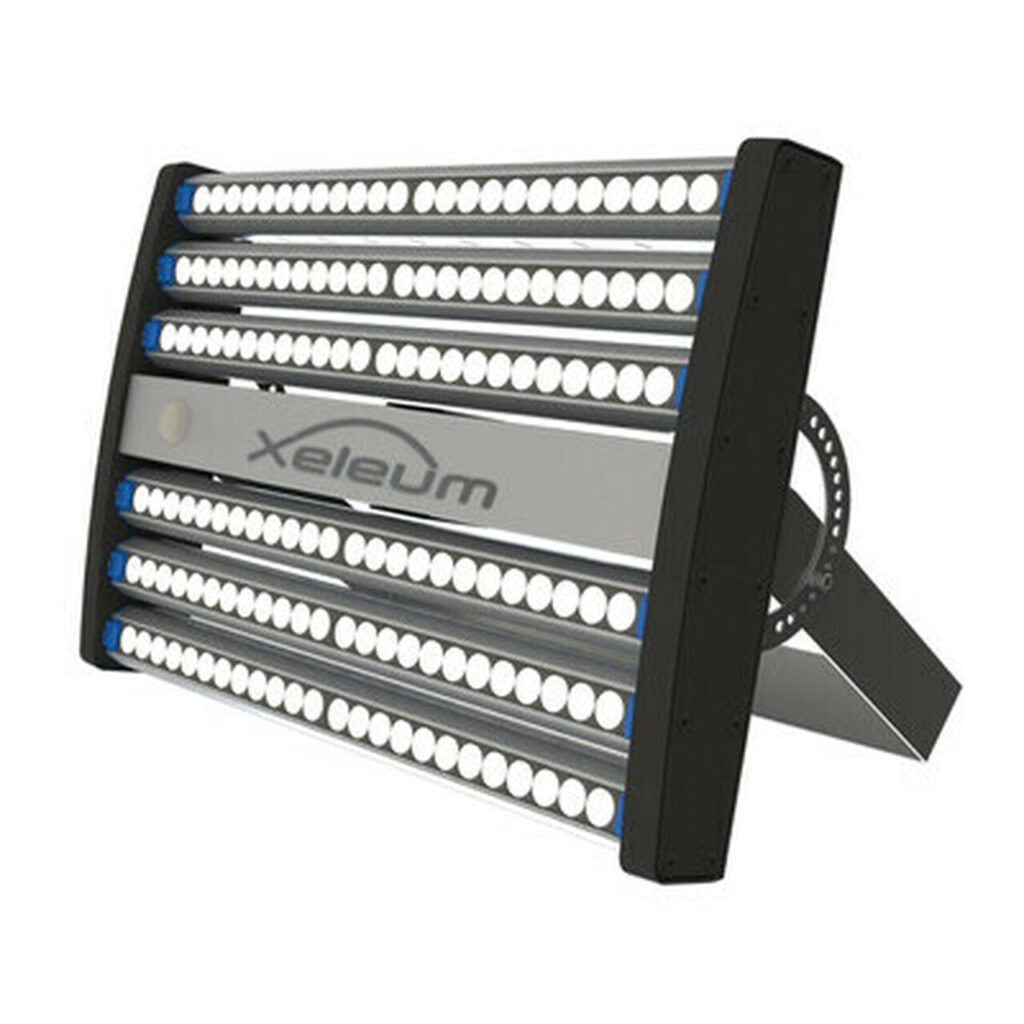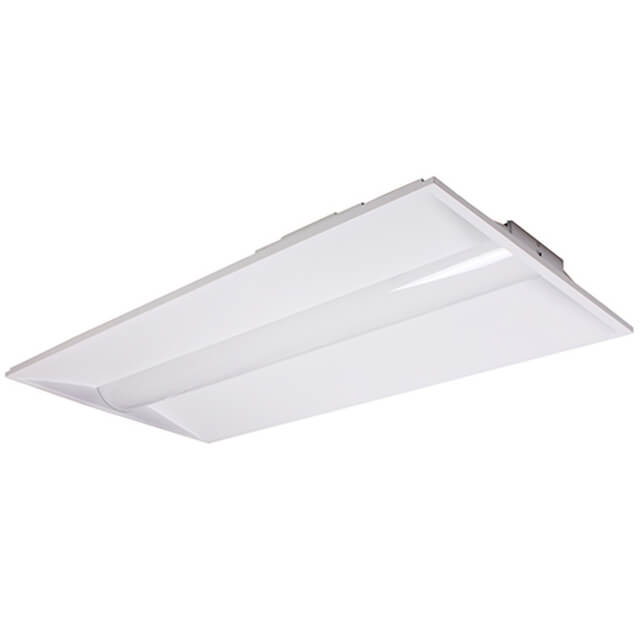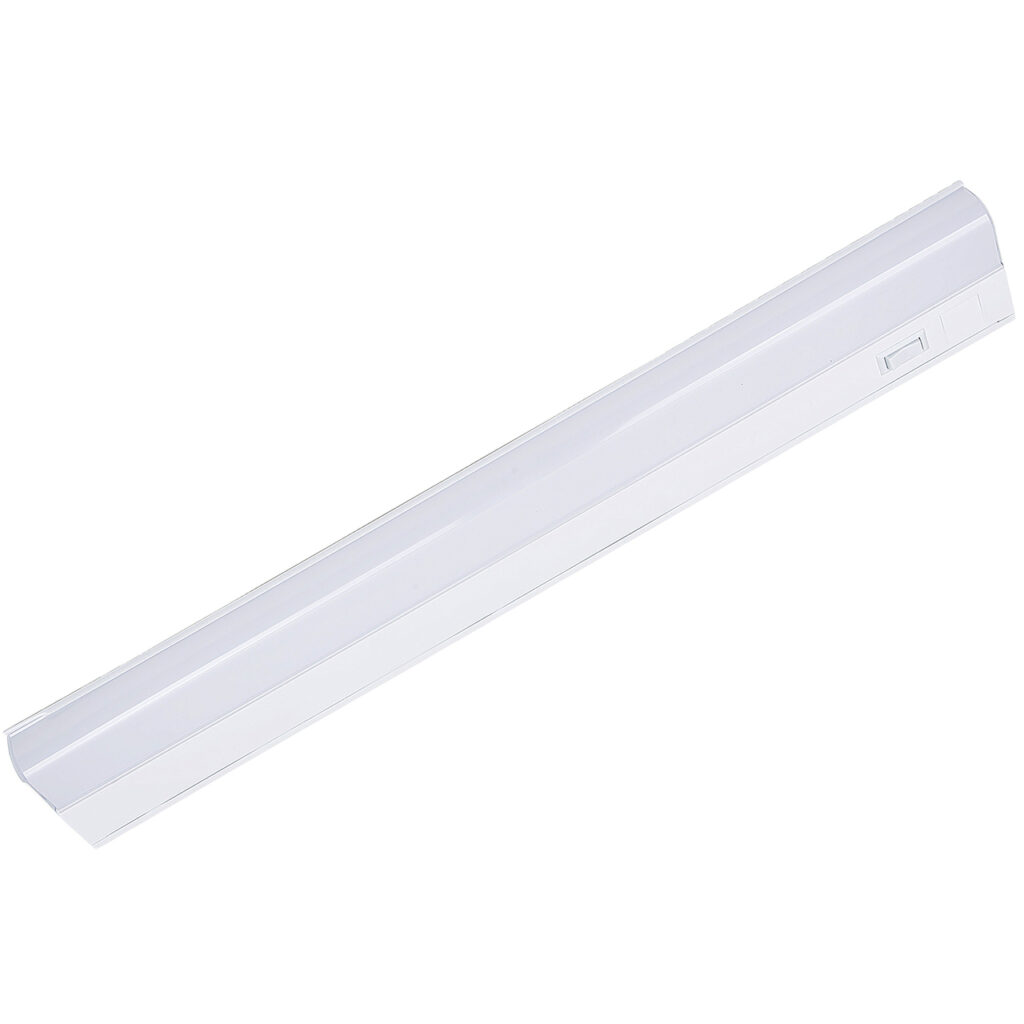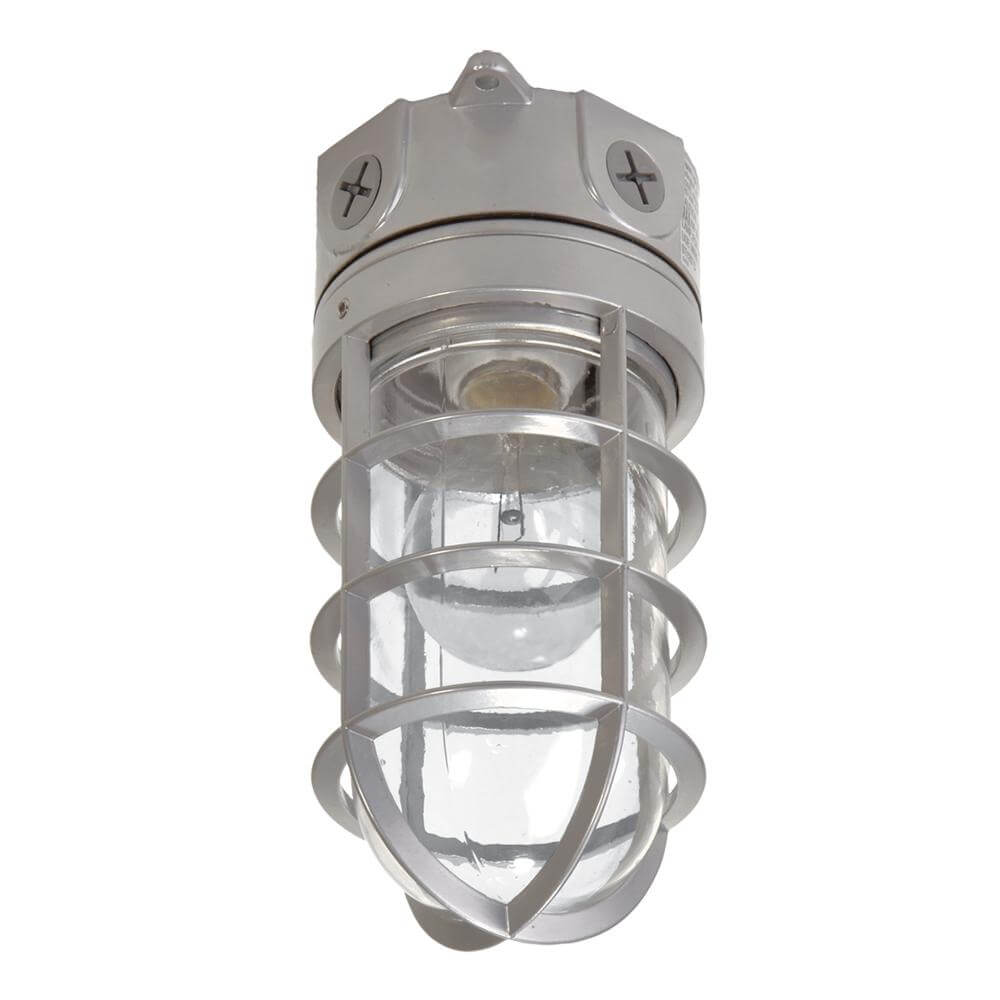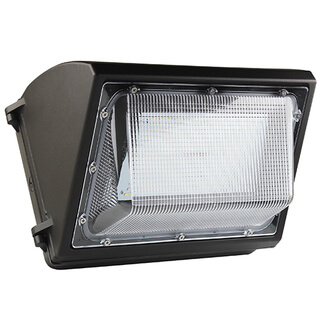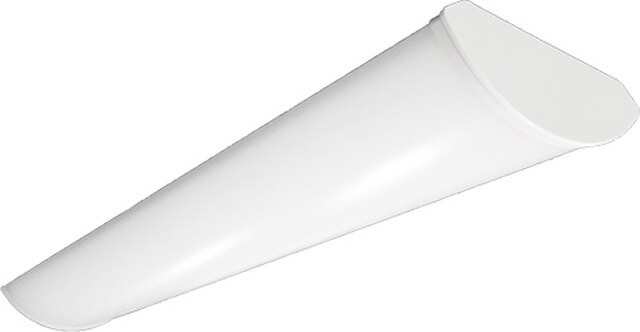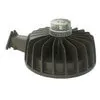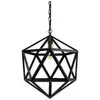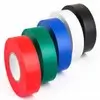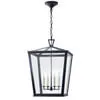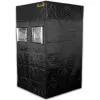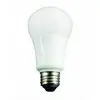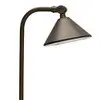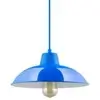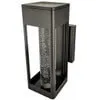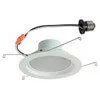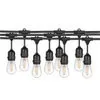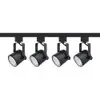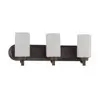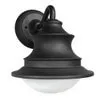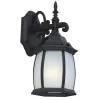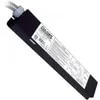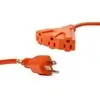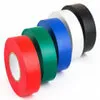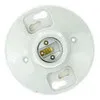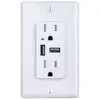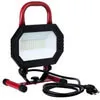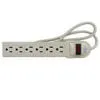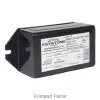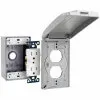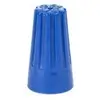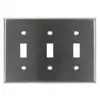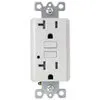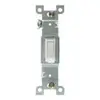Are your light bulbs performing as they should?
In recent years there has been a huge leap in light bulb design and energy efficiency. We’ve seen newer types hit the market like halogen, LEDs, and CFLs. Converting to LED lights is a considerable idea since they use less energy and last longer, saving you money in the long run.
But with so many light bulb options out there, it can be overwhelming to get the right fit for your home.
That’s where we can help! Keep reading for our guide on different types of light bulb wattage and brightness to get you started.
Watts vs. Lumens: The Energy Output vs. Brightness
Let’s start with a breakdown of traditional watt light bulbs in this light bulb wattage guide. We’ll break down their watt levels and the amount of light you can expect them to produce.
- 40-watts should produce around 450 lumens
- 60-watts should produce around 800 lumens
- 75-watts should give you 1,100 lumens
- 100-watts should give you 1,600 lumens
- 150-watt should give about 2,600 lumens
These are measurements that use the traditional incandescent light bulbs. The purpose is to give you an idea of what to expect before we jump in further.
Light Bulb Wattage and Light Bulb Brightness
Most people shop for light bulbs based on the wattage they have. This is because there is a common misconception that this determines brightness.
That’s not the case. The only thing light bulb wattage tells you is how much energy the bulb will use.
For example, a 100-watt light bulb isn’t likely to be any brighter than a 40-watt bulb. This is even more relevant with today’s lightbulbs, as they’re designed to use less energy. Therefore, wattage is not a reliable way to measure the brightness of a light bulb.
When it comes to how to buy a bright light bulb, you want to look for the lumens. Lumens are for brightness and watts are for energy usage. Don’t get them mixed up.
For example, your standard 60-watt bulb should give you around 800 lumens of light. In contrast, a CFL light bulb can also give you 800 lumens, but it will only need 15 watts of power.
As you can see, energy-efficient lightbulbs have revolutionized the market. This doesn’t mean wattage is redundant though. You still need to pay attention to it.
Some fixtures only take certain wattage bulbs, so you’ll need to match them together.
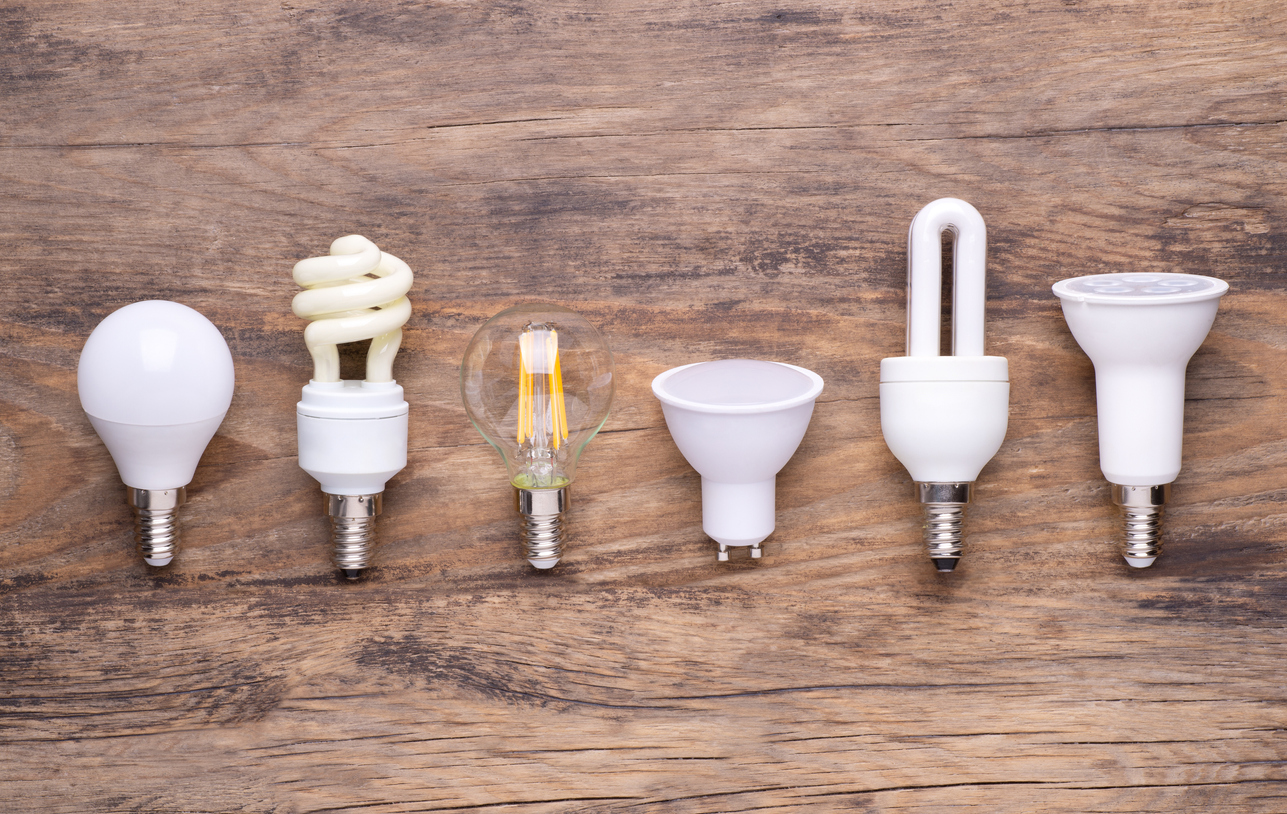
Types of Light Bulbs
As we’ve mentioned, the wattage of a bulb isn’t a good indicator of brightness anymore. So let’s take a look at the types of bulbs on the market and what they can offer you.
Incandescent
These are the traditional light bulbs of our childhood with glowing filaments. You might also know them as Edison bulbs.
These bulbs are not energy efficient in the slightest. In fact, 90 percent of the energy they use gets lost as heat, not light.
This will cause your energy bills to go up. Another thing is the impact they have on the planet. The more electricity you need to use, the more carbon dioxide gets put out in the air.
Over time, the goal is to phase out these traditional lightbulbs. You can expect an incandescent light bulb to last 1 year before you need to replace the bulb. This is much shorter than a lot of the modern options.
Compact Fluorescent
CFLs are bulbs that look like spiraled tubes. Compared to incandescent bulbs, they’re 50-80% more energy efficient. As for how long compact fluorescent bulbs can last, you’re looking at 7-9 years.
The downside is that CFLs can take a while to reach their full brightness. They also have mercury in them (the other bulbs on our list don’t). This means you need to be careful when getting rid of old ones.
Light Emitting Diodes
If you want the best energy efficiency, LED lighting is the way to go. You can also expect them to last between 9 and 22 years (sometimes longer).
There is a range of styles and colors to choose from too. From traditional light bulbs to modern spotlights, you can get it all. There’s something for every home style.
The only catch is they’re more expensive than other types. Given their low energy usage and longevity, they will actually be kinder on the budget in the long term.
Halogen
Halogen bulbs are another filament style like incandescent bulbs. They are more energy-efficient than incandescent but not as much as LEDs or CFLs. These bulbs also have a shorter lifespan, between 1 to 3 years.
Color Temperature of Light Bulbs: Warm vs. Cool
What exactly does warm or cool mean when it comes to light bulbs? When a light bulb supplier refers to that, they’re talking about color temperature (Kelvins).
You measure temperature in units known as the Kelvin (K) scale. You should expect to see indoor lighting measuring between 2700K and 6500K.
Warm White and Soft White
Soft white lighting sits at the lowest end of the Kelvin spectrum, in the 2700K – 3000K range. You’ll also see this color referred to as warm white. It gives off a cozy, yellow tone that makes your home relaxing and welcoming.
This is the perfect choice for living rooms, bedrooms, and other areas you want to invite people into. It’s also great for pendant, table, and floor lamps. The bulbs are more likely to resemble traditional incandescent lighting.
Bright White and Cool White
Next, we enter the 3100K – 4500K range. These bulbs aren’t in the yellow tones, but they’re not yet in the blue range.
They sit in the middle. The bright white light they give is more neutral in vibe.
These light bulbs work great in studies, garages, home offices, and kitchens. However, because the light isn’t harsh but retains a brightness, you could use them wherever you want to in the house. The only point to bear in mind is that bathroom lighting gets too harsh after 3500K.
Daylight
When lighting has a temperature above 4500K, it’s classed in the daylight range. To put that in context, sunlight at high noon sits between 5000K-5500K. You’ll get a bluish, crisp, and bright light at these ranges.
Daylight makes the most of decor details and colors, letting them shine. It’s great for craft rooms, workshops, reading nooks, and accent lighting. If you use them in a workspace, they could increase productivity.

Other Things That Can Affect Brightness
There are other things that can affect the brightness of lightbulbs, such as the following:
- Fixtures
- Optics
- Lens
- Reflectors
An optic goes on top of the bulb’s lens and controls where the light gets distributed. What can happen is it restricts the light and lowers the brightness of the bulb.
Reflectors sit on the fixture of the light itself and also alter the beam of light. Again the same process applies and it can dull the bulb, not allowing it to glow to its full brightness.
Another thing to consider is the height of the bulbs. The higher the light sits up a fixture or mount, the dimmer the bulb will seem. When you place the light lower, more of it can get into the room with less obstruction.
How to Buy the Right Light Bulb For You
It’s important that you get the right light bulb for each room. Depending on that room’s function, you will need warm or cool lighting. In some cases, daylight levels of light will be best. And if you want to make sure you get the brightness you need, check the lumens.
If you’re looking for the perfect lighting, contact us today. At Lighting and Supplies, we’re committed to providing the right lighting solutions for your home.
What are Your Lighting Needs?
Make sure you’re considering the right factors in your lighting product purchases. The energy output and the brightness of a light bulb are vital features when considering the difference between 40 and 60-watt bulbs (for example). Be sure to weigh the wattage and look a what lumens are, especially for chandelier bulbs.
If you need help choosing suitable bulbs for your commercial or residential space, contact us today for a quote: (888) 325-4448. You can also email us at [email protected] or Shop Online at Lightingandsupplies.com!
We would love to offer assistance and answer any questions regarding all your lighting needs.













